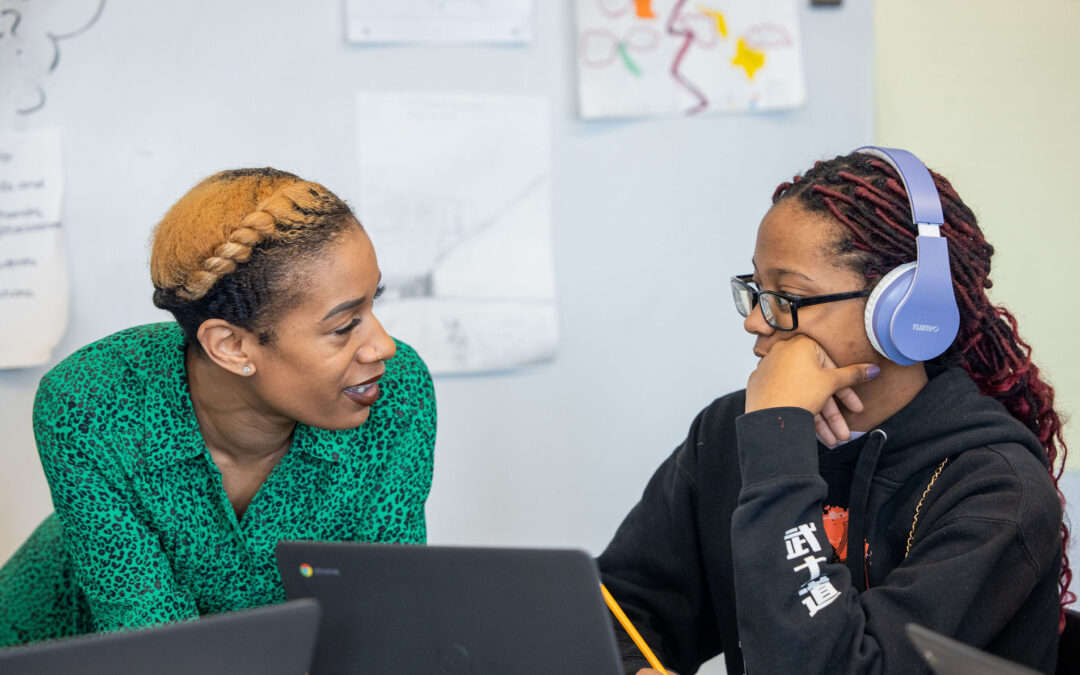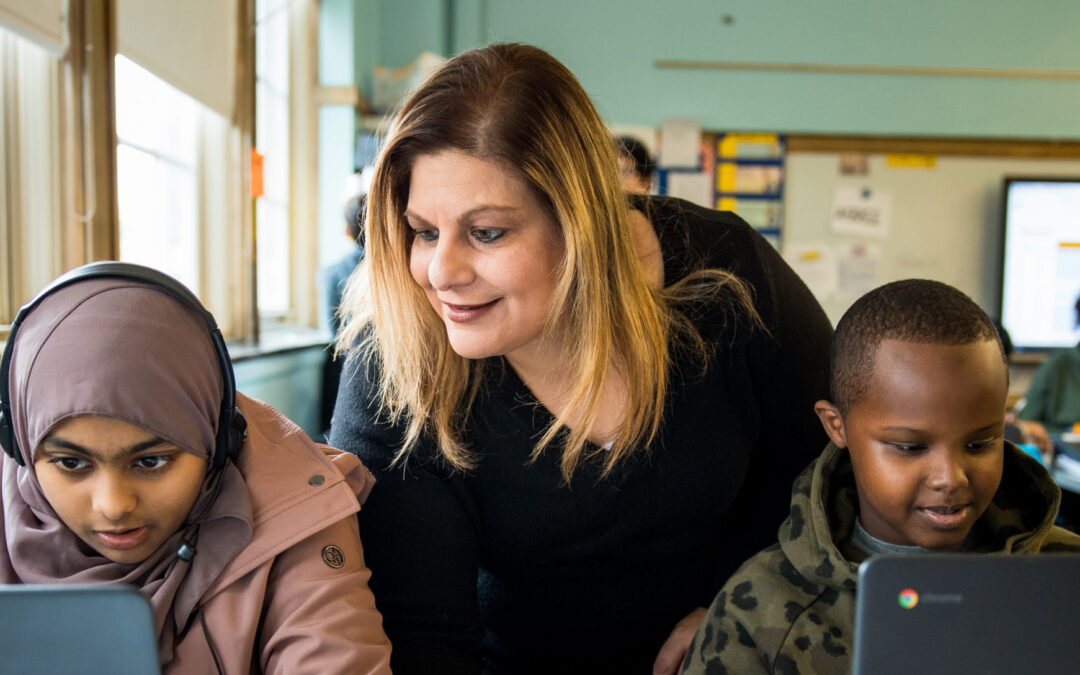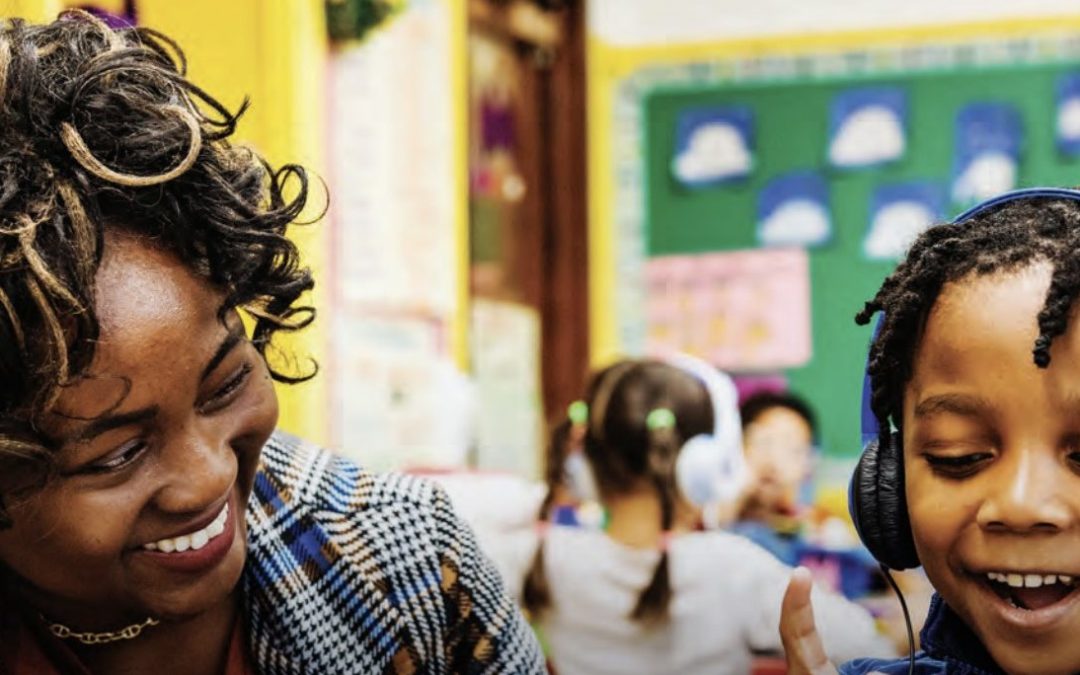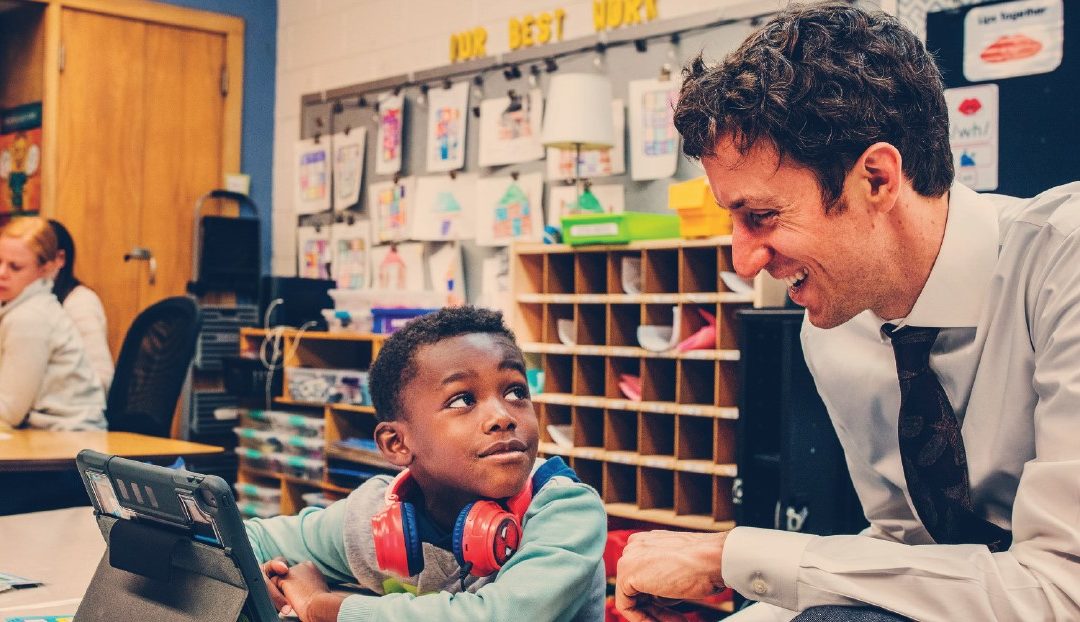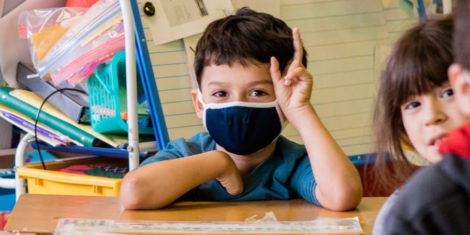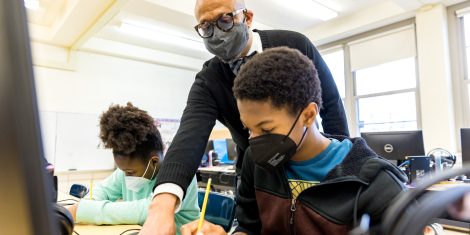Learn More
For more than two decades, our team has invested significant resources
in advancing policy goals that matter to school leaders.
From eligibility to accountability to compensation, our model is simple:
We assemble a diverse group of principals, aspiring principals, and other stakeholders;
we facilitate a process for clarifying needs on all sides;
we leverage the available data; and we work toward collective action.
We start with school leaders.
In addition to principals and aspiring principals engaged in our programs, we gather insights from an annual Principal Engagement and AP Survey and publish the results through The Chicago Principal Partnership. We also engage educators through our Educator Advisory Committee (EAC). Since 2013, we have gathered committee members four to eight times annually to shape The Fund’s program and policy work. These educators are valuable members of our team and have a direct impact on our work.
We support principal managers.
Locally, we also engage Local School Council (LSC) Members. These elected officials play a critical role in principal performance and leadership stability at the local level. We develop resources and create space for LSC members to learn from one another through bilingual workshops and focus groups.
And we convene national partners.
Nationally, we launched a Community of Practice (CoP) in 2019. With 19 member organizations, the CoP gathers quarterly to share data, reflect on promising practice, and elevate principal voice.
Reports
Four or five times a year, our policy work and data use informs results in public reports.
Our reports dive deep on the impact of our programs, the potential for policy change, and
the stories of our school leaders. You can read them all below.
